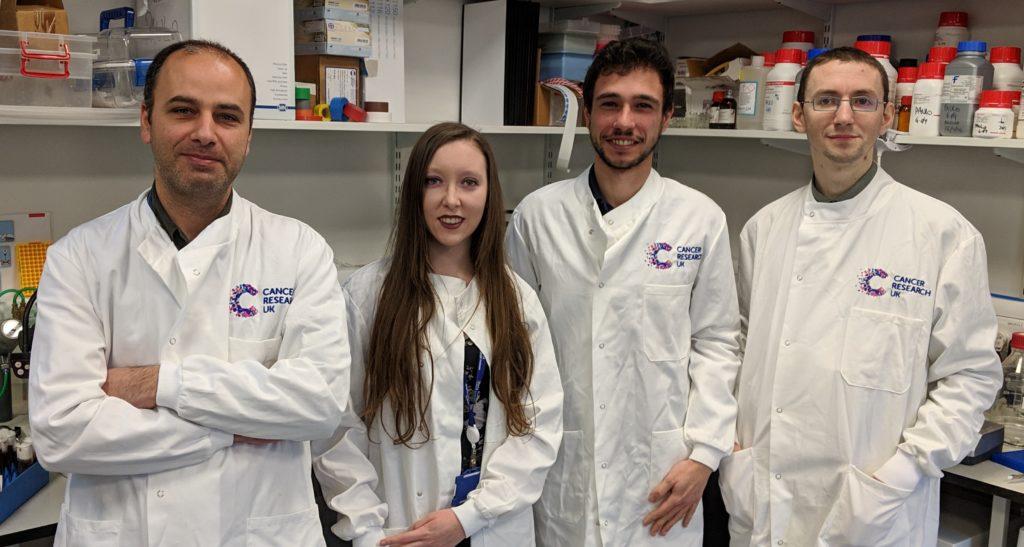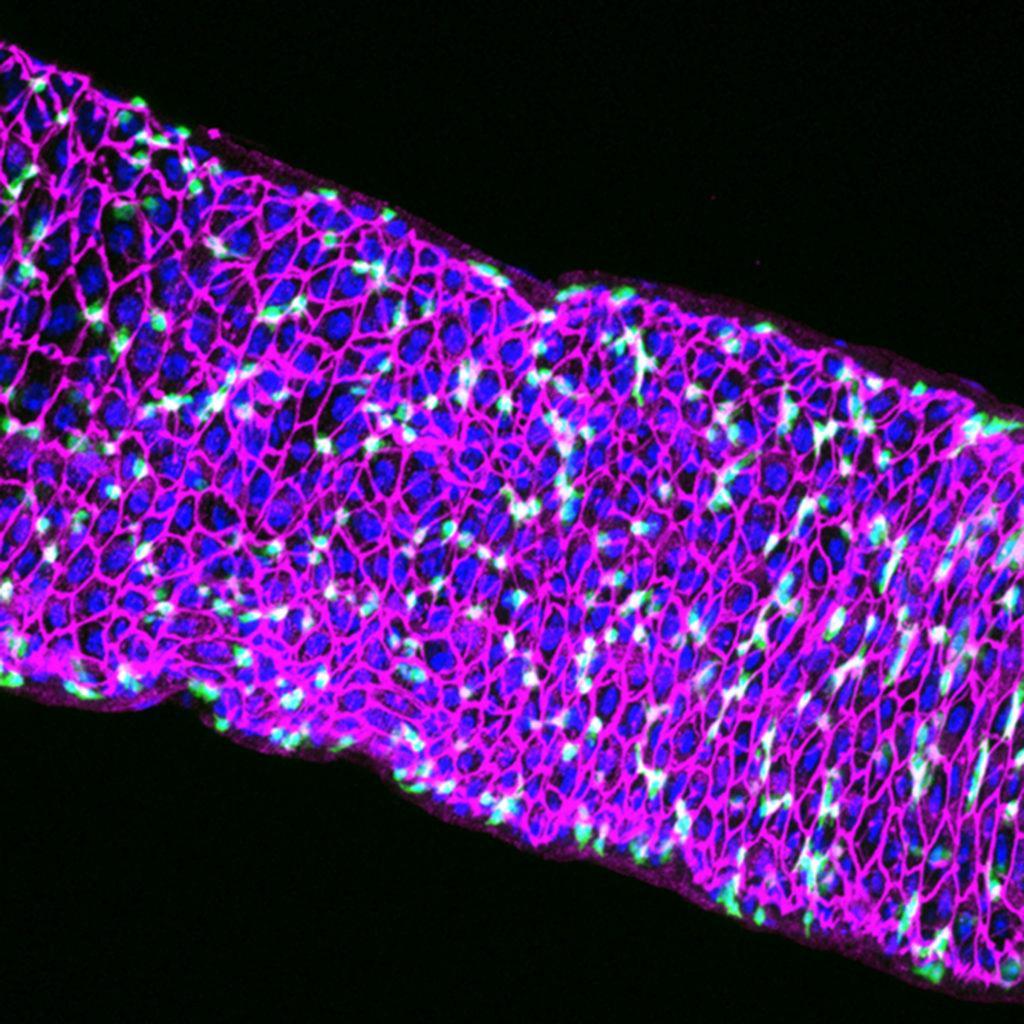Flying in the face of cancer
Using flies to reveal mechanisms of cancer development- Q&A with Dr Ribeiro

Dr Paulo Ribeiro is a Senior Lecturer and Group Leader in our Centre for Tumour Biology. His research group focuses on uncovering the molecular mechanisms that regulate tissue growth, invasion and spread using the fruit fly Drosophila melanogaster as a model organism.
We asked Dr Ribeiro some questions about his most recent publication, which set out to identify new regulators of cancer development.
What is the new study about?
Our work has revealed a new role for a protein called Prp8 in the regulation of hyperplastic growth (an increase in the number of cells in an organ that can lead to the development of cancer) or cancerous growth in the fruit fly Drosophila.
How did you carry out the study?
We looked for genes that can regulate a well-characterised model of fly cancer, in which a mutant form of Ras, known as RasV12, is expressed in the developing eye and brain. Ras is an enzyme that is involved in the regulation of cell division. Mutations in this gene can contribute to the development of cancer.
As our lab has a special interest in protein modifications, our screening approach focused on genes that are responsible for removing a protein called ubiquitin from target proteins. These deubiquityating enzymes or DUBs have previously been overlooked in cancer but it is increasingly evident that they play a crucial role in many cancer types. Our work sheds additional light into this poorly characterised family of proteins.
Was there anything surprising about the results?

Our screening efforts found Prp8 to be a gene of interest. When Prp8 was removed from developing tissues that expressed RasV12, the flies exhibited smaller tumours and, in some cases, no tumours at all.
Prp8 is a core component of the spliceosome, a molecular machine that processes genetic information. Therefore we also tested other spliceosome genes that interact with Prp8. Depleting these genes in the fly model also prevented RasV12from generating large tumours in the eye and brain.
We validated our results in the gut of adult flies, in which RasV12-dependent tumours can also be generated, and found Prp8 depletion to have the same effect.
Perhaps the biggest surprise came when we analysed the role of Prp8 in tumours caused by other genes. While Prp8 depletion suppressed tumours driven by some genes (the EGFR and Notch genes), it actually enhanced tumours driven a different gene (the RET gene).
Why is this study important and what are the wider implications?
This study emphasises the role of DUBs in the regulation of cancer and provides evidence for the role of Prp8 in the regulation of tumour growth. The fact that we have uncovered a potential dual role of Prp8 and the spliceosome apparatus in the regulation of different types of cancer is relevant for future therapies.
The spliceosome is increasingly seen as a potential target in cancer and it has been previously shown that modulating spliceosome function can sensitise some tumour types to treatment. Our work suggests that the spliceosome may either have a tumour suppressor or tumour promoting function depending on the gene driving the tumour and, potentially, depending on the signalling pathways that are active in a particular tumour. Therefore, our results suggest that more care should be taken when targeting the spliceosome in cancer patients.
This study, published in Development, was supported by funding from Cancer Research UK, The Brain Tumour Charityand The Academy of Medical Sciences/Wellcome Trust Springboard Award. The research was performed by Dr Ribeiro and his team from the Centre of Tumour Biology and Julia Falo-Sanjuan from the University of Cambridge.
Category: General News, Interviews, Publications

No comments yet